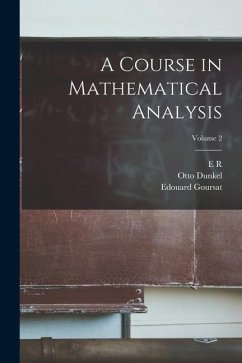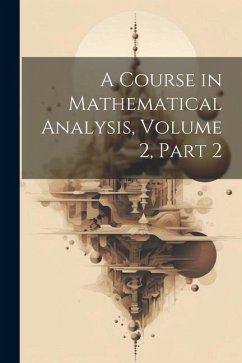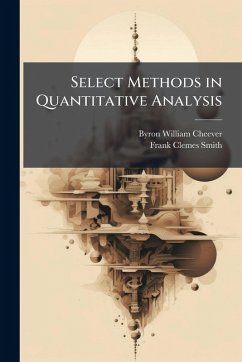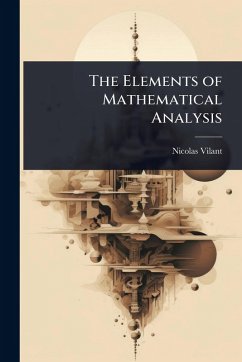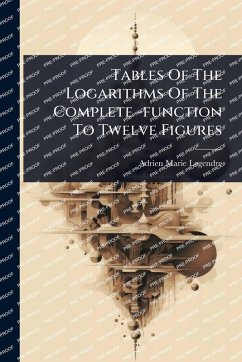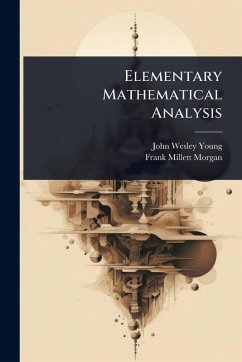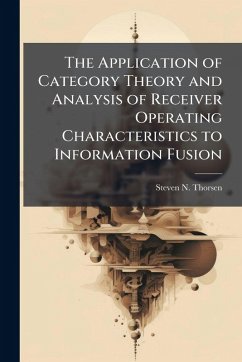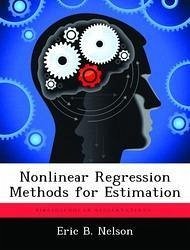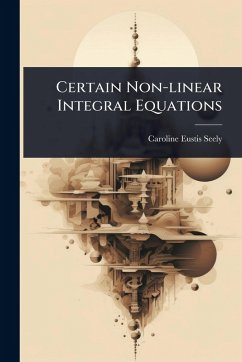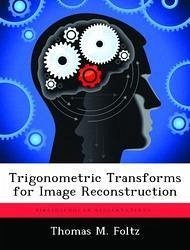
Trigonometric Transforms for Image Reconstruction
Versandkostenfrei!
Versandfertig in über 4 Wochen
17,99 €
inkl. MwSt.

PAYBACK Punkte
9 °P sammeln!
This dissertation demonstrates how the symmetric convolution-multiplication property of discrete trigonometric transforms can be applied to traditional problems in image reconstruction with slightly better performance than Fourier techniques and increased savings in computational complexity for symmetric point spread functions. The fact that the discrete Fourier transform diagonalizes a circulant matrix provides an alternate way to derive the symmetric convolutionmultiplication property for discrete trigonometric transforms. Derived in this manner, the symmetric convolution-multiplication prop...
This dissertation demonstrates how the symmetric convolution-multiplication property of discrete trigonometric transforms can be applied to traditional problems in image reconstruction with slightly better performance than Fourier techniques and increased savings in computational complexity for symmetric point spread functions. The fact that the discrete Fourier transform diagonalizes a circulant matrix provides an alternate way to derive the symmetric convolutionmultiplication property for discrete trigonometric transforms. Derived in this manner, the symmetric convolution-multiplication property extends easily to multiple dimensions and generalizes to multidimensional asymmetric sequences. The symmetric convolution-multiplication property allows for linear filtering of degraded images via point-by-point multiplication in the transform domain of trigonometric transforms. Specifically in the transform domain of a type-II discrete cosine transform, there is an asymptotically optimum energy compaction about the lowfrequency indices of highly correlated images which has advantages in reconstructing images with high-frequency noise. The symmetric convolution-multiplication property allows for wellapproximated scalar representations in the trigonometric transform domain for linear reconstruction filters such as the Wiener filter. An analysis of the scalar Wiener filter's improved meansquared error performance in the trigonometric transform domain is given. This work has been selected by scholars as being culturally important, and is part of the knowledge base of civilization as we know it. This work was reproduced from the original artifact, and remains as true to the original work as possible. Therefore, you will see the original copyright references, library stamps (as most of these works have been housed in our most important libraries around the world), and other notations in the work. This work is in the public domain in the United States of America, and possibly other nations. Within the United States, you may freely copy and distribute this work, as no entity (individual or corporate) has a copyright on the body of the work. As a reproduction of a historical artifact, this work may contain missing or blurred pages, poor pictures, errant marks, etc. Scholars believe, and we concur, that this work is important enough to be preserved, reproduced, and made generally available to the public. We appreciate your support of the preservation process, and thank you for being an important part of keeping this knowledge alive and relevant.



